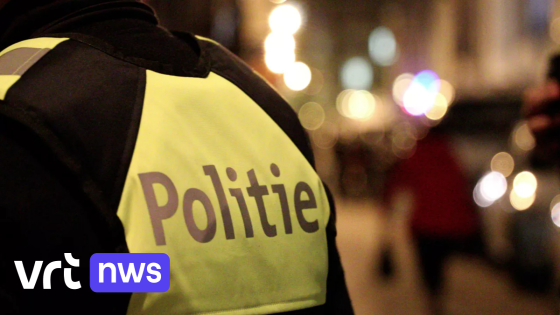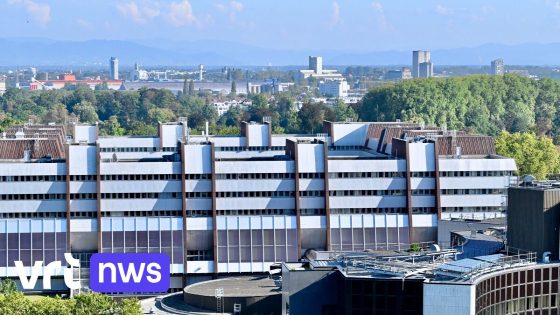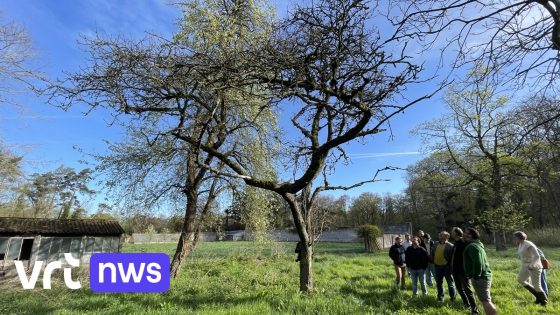A devastating forest fire has recently ravaged Achouffe, Belgium, consuming hundreds of hectares of precious woodland. This incident, which occurred on April 13, 2025, raises critical questions about the environmental impact and safety measures in place to protect such vital ecosystems. How can local communities better prepare for these increasingly common natural disasters?
- Discover why running benefits your body
- Understand misconceptions about weight loss and running
- Explore the science behind effective running techniques
- Learn how to improve your running performance
- Find out if fancy shoes enhance running experience
The destruction caused by this forest fire not only affects wildlife habitats but also highlights the urgent need for sustainable forestry practices. As Belgium grapples with climate change’s effects, understanding the implications of such events is essential for both residents and policymakers. Let’s delve deeper into this alarming situation.
What Caused the Forest Fire in Achouffe and Its Impact on Local Ecosystems?
The forest fire in Achouffe was reportedly fueled by dry conditions and strong winds, typical during this time of year. With climate change intensifying weather patterns, Belgium faces increased risks from wildfires. Local authorities are now under pressure to enhance firefighting resources and improve community preparedness. How can we ensure that similar tragedies don’t occur again?
How Can Belgian Communities Prepare for Future Forest Fires?
As climate change continues to threaten ecosystems worldwide, it’s crucial for Belgian communities to adopt proactive measures against wildfires. Here are some key strategies:
- Education Programs: Implementing community workshops on fire prevention techniques.
- Enhanced Surveillance: Utilizing drones or satellite technology to monitor high-risk areas.
- Sustainable Practices: Encouraging responsible land management practices among local farmers.
- Crisis Response Training: Equipping volunteers with firefighting skills to assist professionals during emergencies.
The Role of Climate Change in Increasing Wildfire Risks
The link between climate change and wildfire frequency cannot be overstated. Rising temperatures lead to drier conditions that can ignite easily combustible materials found in forests. For instance, a study by the Royal Meteorological Institute of Belgium indicates a 20% increase in extreme heat days over the past decade. This trend underscores the urgency for effective policies addressing climate resilience.
Community Involvement: Building Resilience Against Wildfires
Civic engagement plays a vital role in wildfire prevention efforts across Belgium. Community-led initiatives focusing on reforestation and habitat restoration not only help combat climate impacts but also promote biodiversity conservation. Neighborhoods can establish volunteer groups dedicated to maintaining green spaces while educating residents on best practices regarding fire safety.
The Importance of Government Action: What Can Be Done?
The Belgian government must prioritize legislation aimed at improving forest management strategies while allocating funds towards advanced firefighting technologies. Collaboration with environmental organizations could foster innovative solutions tailored specifically for local needs—ensuring that nature’s beauty remains protected against destructive forces like wildfires.
This tragic event serves as a stark reminder of our responsibility toward preserving natural resources amidst rising threats from climate change. By fostering community involvement and advocating for effective government action, we can mitigate future risks associated with wildfires in Belgium—a collective effort that ultimately benefits US all.




























